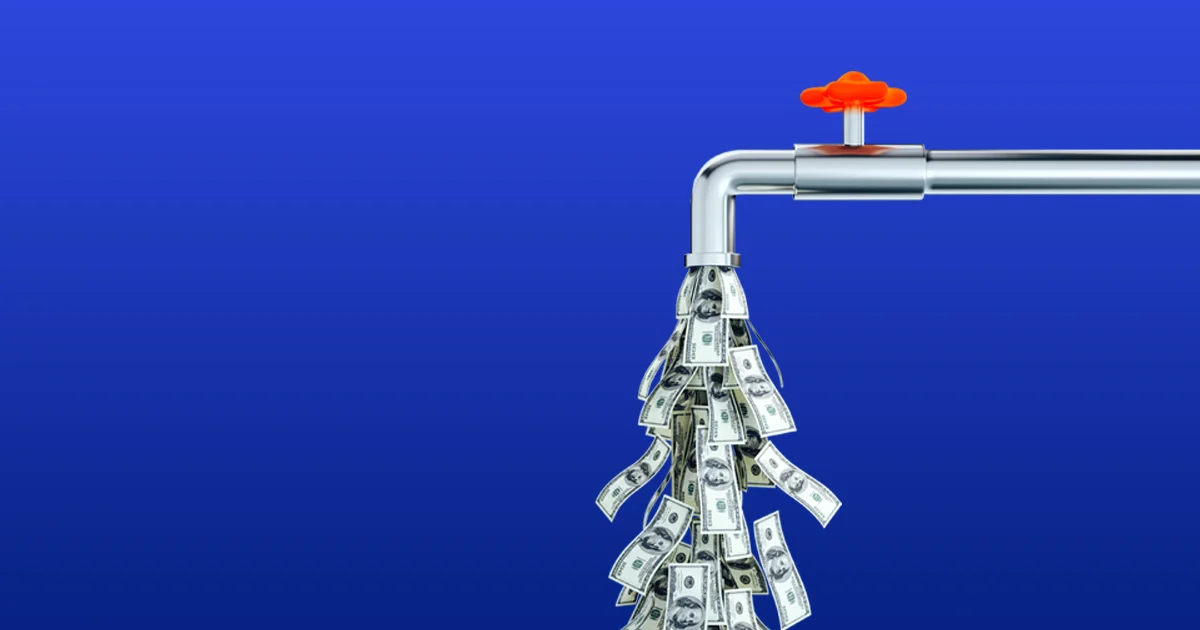
4 Cash Flow No-Nos Online Retailers Should Avoid at All Costs
Contents
Even though cash flow is a crucial pillar of any business’ financials, it’s also often a seriously confusing concept for online retailers. That’s because ecommerce accounting is full of unique challenges like inventory management, sales tax liabilities, recording seller fees—the list goes on and on. But here’s the hard truth: Your cash flow is a metric that will truly make or break your online business. In fact, research shows 82% of businesses fail due to poor cash flow management, so it’s an important concept to grasp ASAP.
That’s why we tapped ecommerce accounting expert Jody Padar, the Radical CPA and VP of Strategy at Botkeeper, for her insights into the industry’s cash flow quandaries. Read on to learn why cash flow is king for online retailers, as well as the top four mistakes they’re making in managing this important metric.
Cash Flow and its Importance to Online Retailers
In its simplest form, cash flow refers to the way money is “flowing” into and out of a business during any given period of time. Cash is coming into your business from sales of your products or services, and cash is going out in the form of expenses. Now ideally, there is more of the former, but Padar really stresses the importance of cash flow timing. “You have to make sure that the cash coming in can cover your expenses when they’re due,” she says. “So if they’re due on the 15th of the month, you can actually pay them on the 15th of the month.”
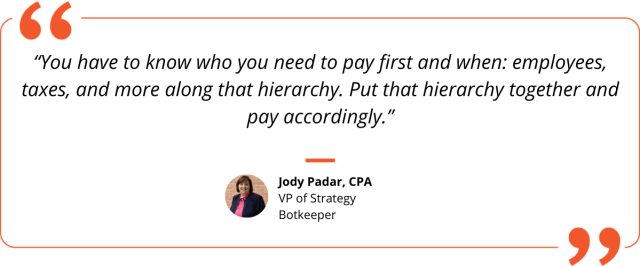
For online retailers, especially those that have recently launched operations, there is the added complexity of inventory: The business can’t stay afloat if there isn’t money to buy or replenish stock.
“You need unique production, and you need a chunk of cash to produce or buy the inventory,” Padar explains. “Typically, that cost of goods sold is the biggest expense. If you’re just starting out, you may not have even sold anything yet, but you still need that upfront cash.”
#1 Confusing Cash Flow and Profit
The main thing sellers get wrong about cash flow? They confuse it with their profit. “A lot of entrepreneurs think [cash flow and profitability are] one in the same, but in actuality, they’re not,” Padar says. “You can have a very profitable business and bad cash flow.”
For example, online retailers can be selling products like gangbusters, but experience poor cash flow while they’re waiting to get paid. While Amazon only deposits earnings every two weeks, it is highly likely a seller will have bills to pay during those two weeks between deposits. Even if the business is profitable by payday, there is still bad cash flow because of the lack of ready funds when bills were due.
#2 Forgetting to Forecast
Another mistake Padar sees sellers make is failing to plan ahead. “Some entrepreneurs don’t know what their inventory demand is going to be and don’t have the cost to cover it,” she says. “If you can’t meet your demand you’re going to go out of business. It doesn’t matter that you’re making $4 a widget. You still have to be able to supply it.”
The solution is to forecast using historical data if you’re an experienced seller, or an educated guess if you’re new to ecommerce. For instance, the holiday season is busy for online retailers regardless of product category, so it’s safe to forecast more sales during the final quarter of the year. The best part about forecasts? They’re flexible, Padar says, and can be changed as long as you still work within your budget.
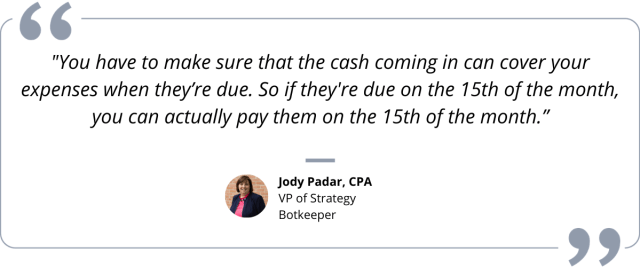
“Create a forecast with a cash flow component to it so that you can manage your cash,” she advises. “Know what’s in your bank account, know why it’s there, and know how it’s working for you.”
#3 Getting Caught Cash Poor
When you know there’s money coming in, it can be easy to get caught “cash poor,” or unable to make payments because you have no money in the bank yet. This is a common mistake among high-growth businesses because they’re experiencing huge sales momentum but don’t have enough ready cash to replenish inventory.
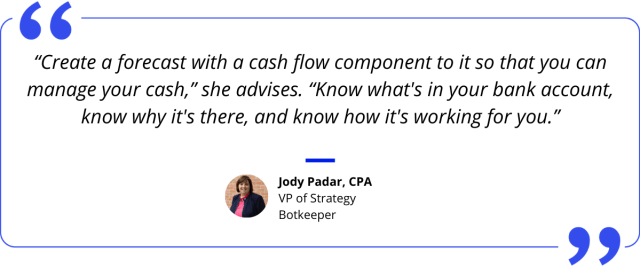
We recommend planning ahead for when you’ll need funds because it’s far easier to obtain credit when you’re in good financial standing than when you’re in the red. “Make sure you have a line of credit,” she advises. “Even if it’s a credit card, make sure you have some sort of security so when your sales increase, you’ll be able to cover that downspout or gap.”
#4 Not Prioritizing Payments
There’s an art and science to cash flow, says Padar, and mastering this takes time and experience. One way to practice? Prioritize payments—i.e. who gets paid first, when to make payments, and what impact payments have on your ecommerce business. Your main vendor invoices, for example, should be settled quickly because your vendors can stop your inventory and, therefore, stop your business.
“But just because a bill is due that day, it doesn’t mean you have to pay it that day,” Padar says. “You have to know who you need to pay first and when: employees, taxes, and more along that hierarchy. Put that hierarchy together and pay accordingly.”
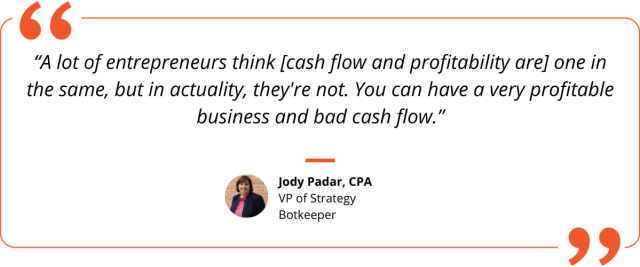
Cash flow is perhaps the most crucial performance indicator in today’s ever-changing world of ecommerce, especially when research shows 29% of online retail businesses fold because they run out of cash. But don’t get discouraged—as the saying goes, knowledge is power. If you know the difference between profit and cash flow, forecast, plan for credit in advance, and prioritize payments, you’ve got a leg up on the competition, and a good chance of succeeding as an online retailer.
By guest contributor Taylor Knauf



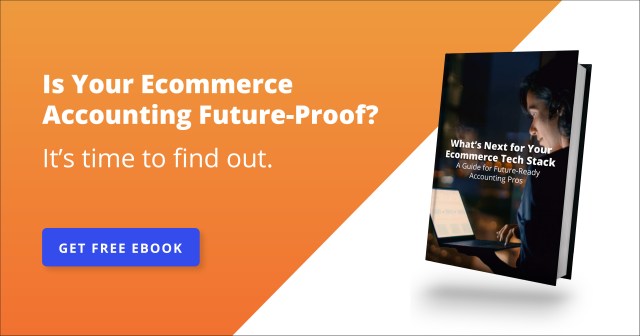
 The Webgility Team
The Webgility Team


